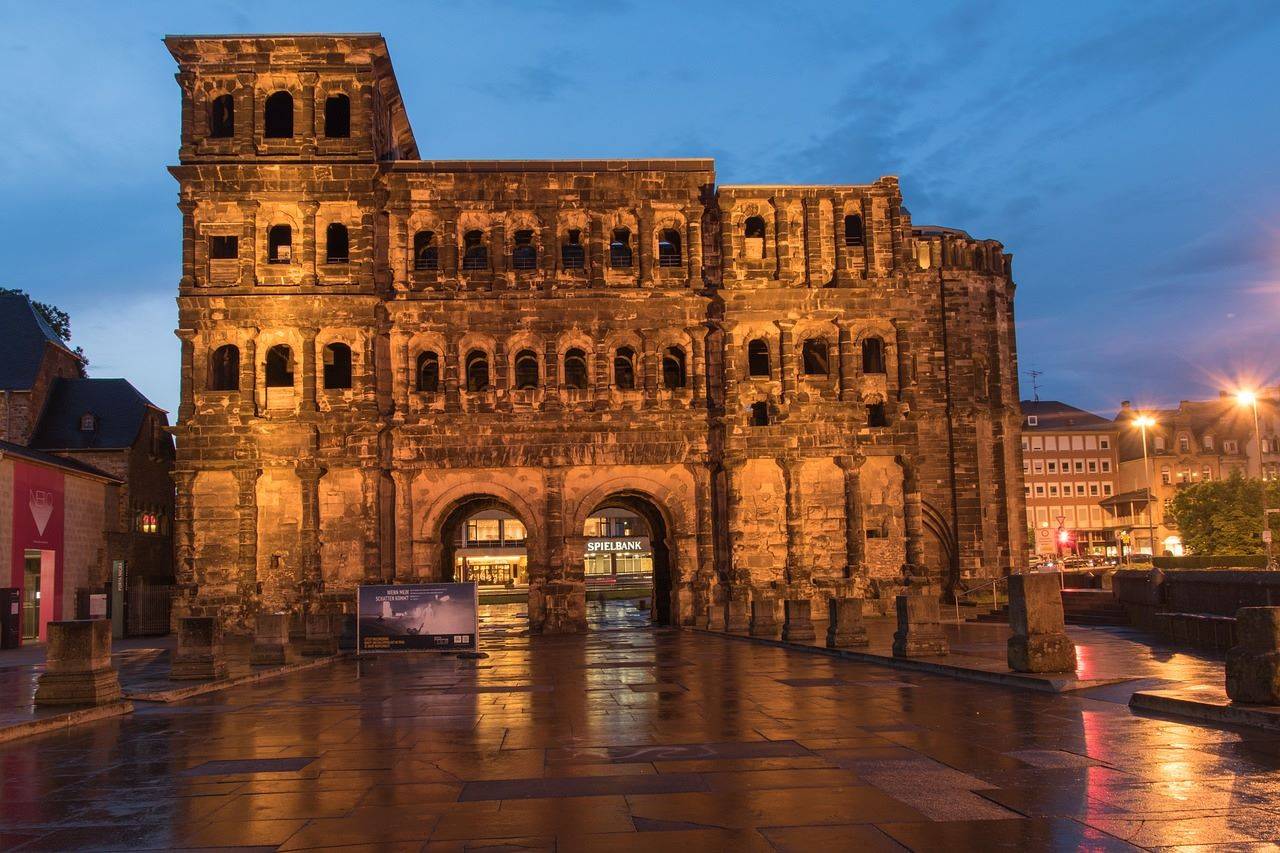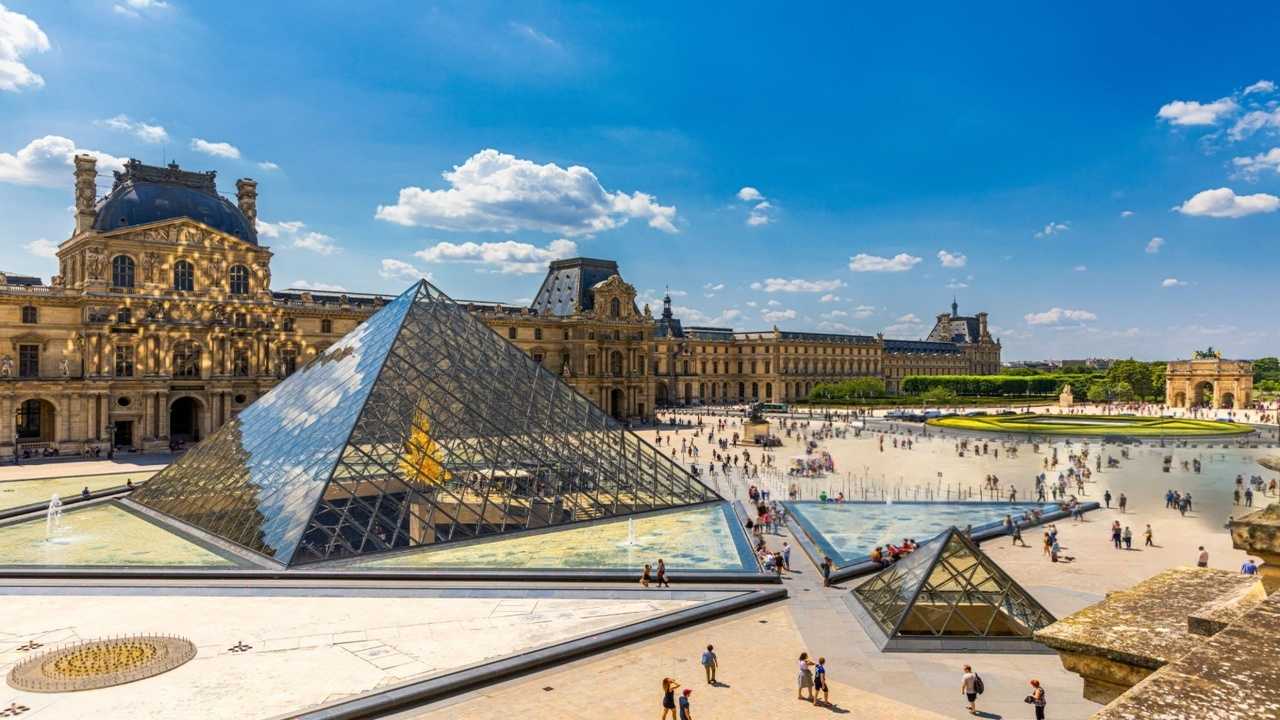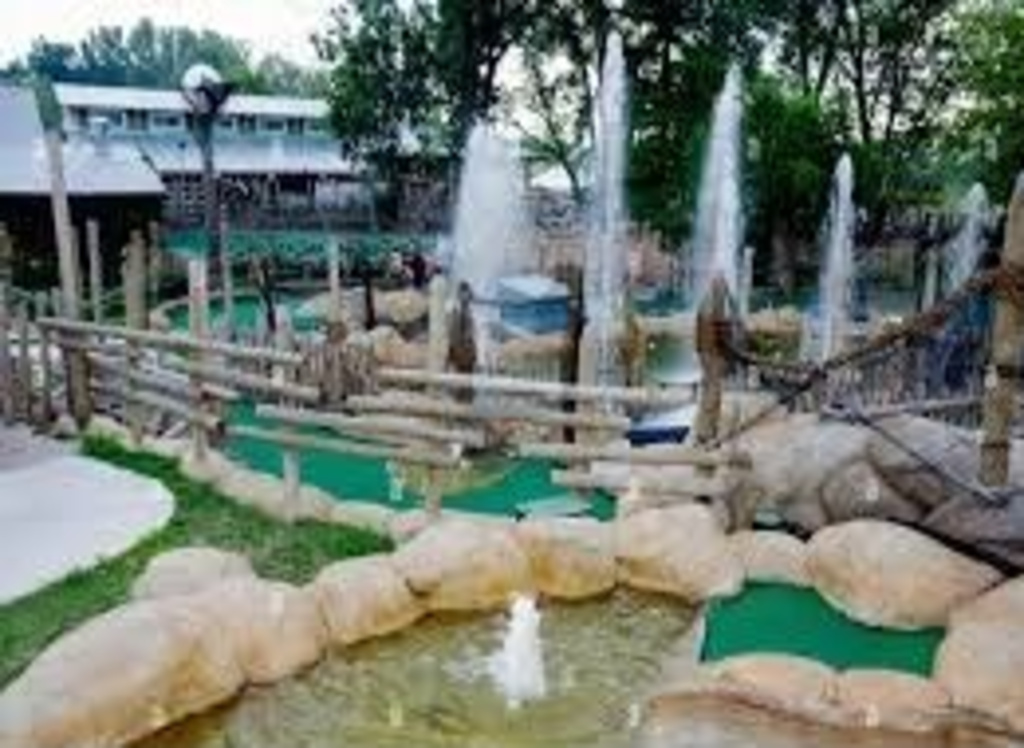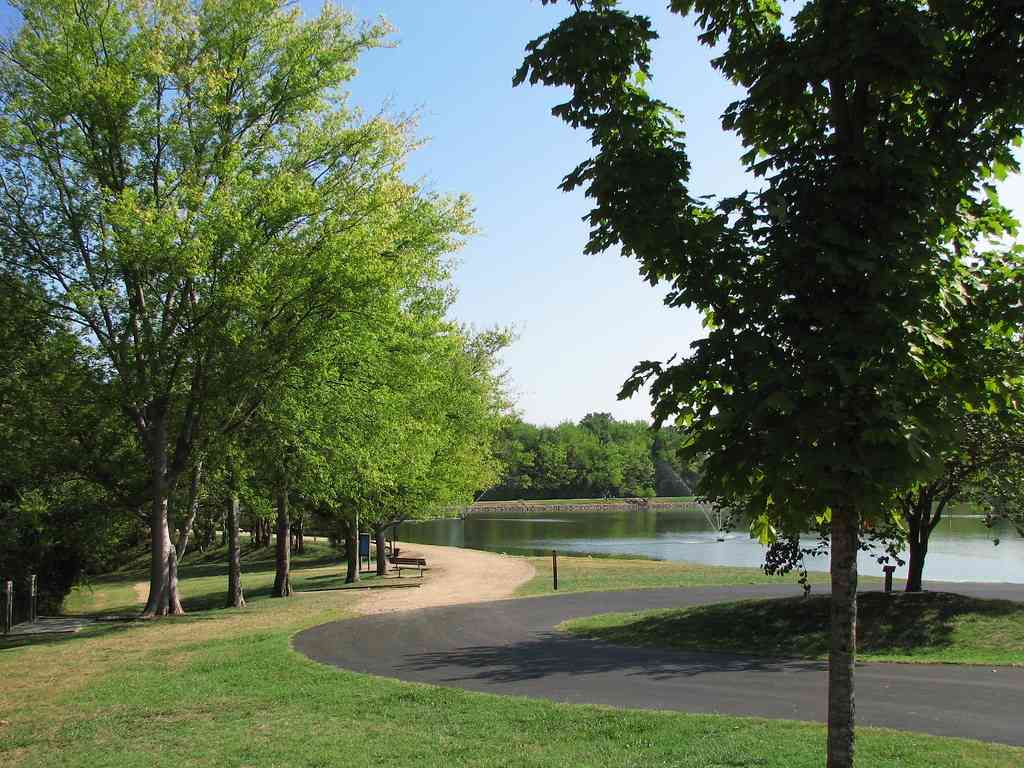
On my German trip, Porta Nigra in Trier was the most memorable place to visit. What it has always been for me is a place that combines interesting history and beautiful architecture.
Yet, it was this pedestrian town, which is an Ancient Roman section, that impressed me the most with the spotless state it is in. Not only is it the last of its kind, but it is a dead city, too.
While I will be discussing my tourist experience at Porta Nigra, I will also be pointing to it as the subject of its location, history, and use.
Finding Porta Nigra in Trier
This place is located in the heart of Trier and is the park’s important heritage of the Roman time. Trier itself, once called Augusta Treverorum during the Roman era, is one of the oldest cities in Germany, and it was established in 16 BC.
Today, it has become a lively city with a historical legacy and the attractions that modernity brought. Porta Nigra stands at the north end of the pedestrian zone of the city, and I must say that I could spot it instantaneously because of its formidable aura.
As I strolled through the main street, I sat there and realized not only the perfect landscape that it blended in with—restaurants, shops, and cafes encircled by the building but still, it stands as the highest peak.
Besides, it is within walking distance from other historical landmarks, such as the Cathedral of Trier. That is why it has to be one of the must-see stops for anyone interested in this beautiful city’s Roman history.
Who Built the Porta Nigra?
The first question I realized I wanted to find an answer to was: Who built this remarkable structure? The Porta Nigra was made by the Romans between 170 and 200 AD in the times of the emperors Marcus Aurelius and Commodus.
It was designed as a part of Trier’s defense system to protect from the possible enemy invading forces. I see the hard work done by Roman soldiers and engineers in building this huge gate. I mentally transported myself to the city streets of Roman Trier, which were thought of so many times by soldiers standing guard and the merchants coming from all around.
I was deeply impressed by the fact that the gate was made of huge sandstone blocks, some of which were as heavy as a few tons. These blocks were placed next to each other without using a mortar, which, in turn, indicates how advanced Roman engineering was.
What Inside Porta Nigra
As I walked through the gate, I was struck by the durability and security of the walls made of rock. Inside, there’s a thin stone staircase that will bring you up several levels. Each stair was rubbed to settle by footfalls from over the centuries and the more the step, the more I felt attached to the past. It was unavoidable for me to picture the different Roman soldiers and the wanderers of ancient history who had used these stairs around twenty centuries ago.
On the higher floors, rooms were what I may be a part of, a church that was probably built inside the gate during the medieval period. Actually, in the 11th century, a monk named Simeon led his life like a recluse inside the Porta, and then after his death, this door was transformed into a church in his memory.
The fact that one of the most unexpected aspects of the history of Porta was that it transformed from a Roman fortification to a religious site amazed me. Only in the 19th century, after Napoleon’s arrival.
The gate was restored to its initial Roman form, so the church additions were removed, and the ancient structure, which is visible today, was revealed.
One can easily identify Trier’s looks from the top of the gate. There are both older people and newly built buildings, which makes it very interesting to observe the nearby Trier Cathedral being the World Heritage site, which is a great bonus.
The sharp difference between the current city life and the old stone walls near me was a vivid image of Porta Nigra’s enduring presence, its watchful gaze never relinquishing the city during the countless obligations.
What Was Porta Nigra Used For?
Historically, It was originally built as a fortified closure and was a major part of the ancient Roman city walls. One of the four main city doors controlled Trier’s access from the north. The Roman soldiers would have the gate as the control point to check the traffic in and out of the city.
Also, it was a place of defense where they would protect themselves from possible attacks. The construction was undoubtedly excessively fortified with two large arched entries and high strongholds that strategically made it a robust military position.
Through the centuries, during the continued development of Trier and the decline of the Roman Empire, the function of this was also changing. The best example was its transformation into a church in the Middle Ages.
The church had been functioning for many centuries up to the 1800s when the French took over, and the church entries were removed by Napoleon, who restored the gate to being a Roman one.
I was still able to note the dressing changes, like the small chapel inside and the places where the bells once hung, giving it up that It had been converted into a few other things in the extended past.
Pronouncing Porta Nigra
Before my visit, I was not very sure about the right way to say “Porta Nigra.” Nonetheless, when you start breaking it apart, you’ll realize it is not only so easy but also so clear. “Porta” is pronounced “POR-tah”, and “Nigra” is pronounced, “NEE-grah”. The stress lies in the first syllable of each word.
The locals in Trier, at times, say it in a sort of German accent, yet the influence of Latin is still there, and it should be plain for foreign people to pronounce it correctly. Also, the Latin pronunciation is easy.
Final Thoughts
Staying in Porta Nigra was an incredible experience for me. It was wonderful to feel the first-hand history all around me when I was inside. Over the years, it went from a city gate to a medieval church, to the transformation of a medieval church, and finally, through the years of restoration.
You can say that this place’s lifestyle has experienced hundreds of years of changes. Wander through its rooms, climbing its stairs, and then standing high on the rooftop was like an umbilical cord between the past and me.
If you are a history lover, an admirer of architecture, or simply interested in travel, you must visit. The unique blend of Roman techniques, Gothic towers, and the unstoppable force of time makes this site one of the most astonishing relics I’ve ever encountered.







